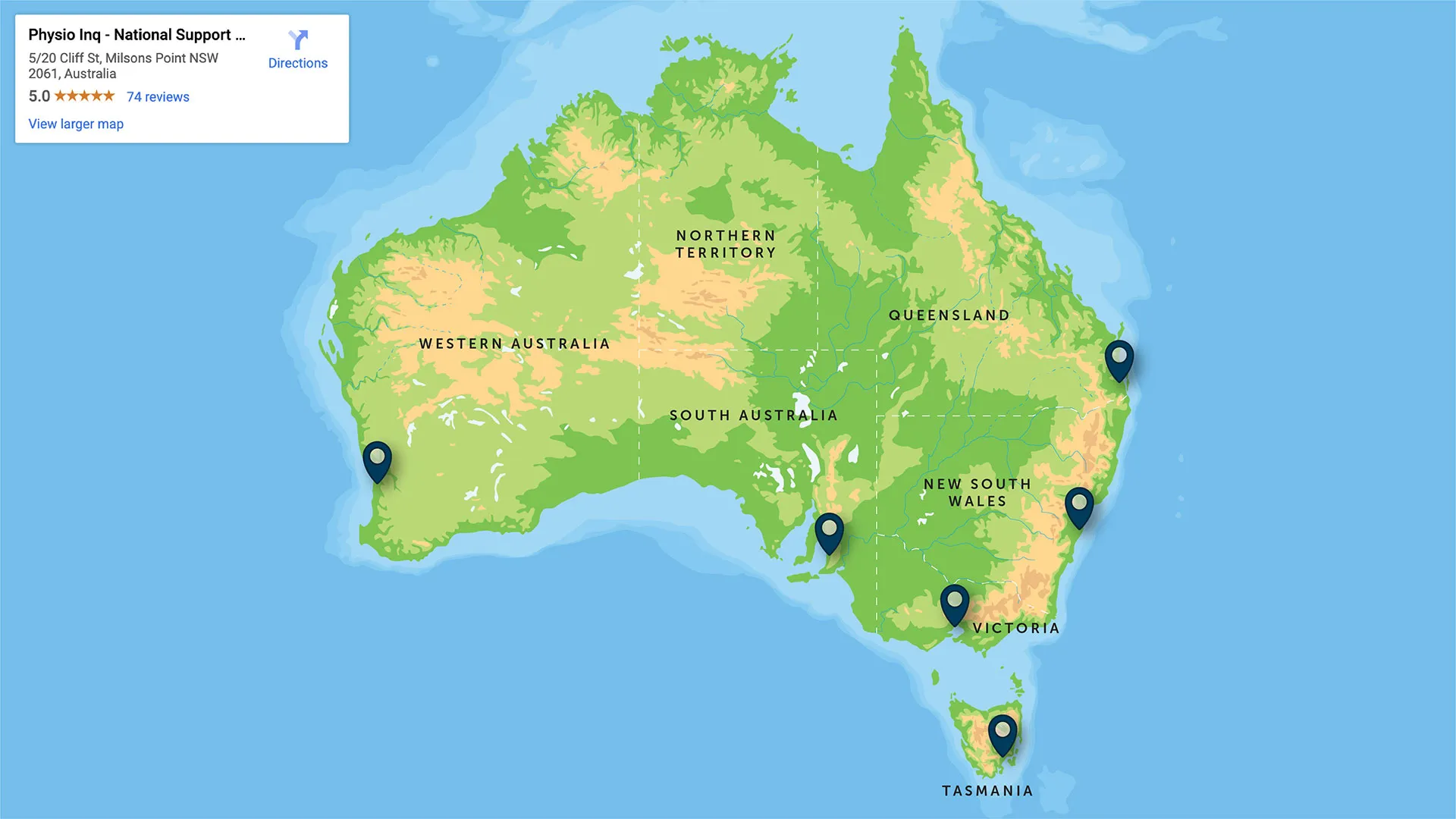Allied health after the Royal Commission: What’s next?
Originally Published Apr 1, 2021
The final report of the aged care royal commission has thrown up opportunities and challenges for allied health in aged care, writes Jonathan Moody.

Image Source: Community Care Review
The final report of the aged care royal commission has thrown up opportunities and challenges for allied health in aged care, writes Jonathan Moody.
In February, commissioners Tony Pagone QC and Lynelle Briggs AO made public the final report of the Royal Commission into Aged Care Quality and Safety, which identified substandard practices as well as providing recommendations for the provision of future care.
Having combed through the report through the lens of allied health, I see a future for the sector in aged care, but not without untangling some of the knottier aspects of provision. Here are some of the challenges and opportunities ahead.

Jonathan Moody
1. Challenge: Wait times and bottlenecks
Allied health could drastically lower the impact ageing has on the budget if it were brought into the home and made more readily available. But the challenges in doing so are twofold: patients are not seeking care early enough to assist with preventative measures, and red tape can cause bottlenecks that affect the ready provision of care.
According to the royal commission, many senior Australians “wait too long to get access to care at home”, and this is compounded by the delay between being declared eligible for a Home Care Package (HCP) and being assigned one. This interval can range from seven months for a Level 1 HCP to 34 months for a Level 4 HCP, by which time the patient’s condition could potentially deteriorate beyond the remedial or palliative capability of home care assistance.
Moreover, government level red tape is a sizeable obstacle in terms of delivery as it has caused bottlenecks that have follow-on effects with regard to the efficacy of HCPs. Not only do people die on waiting lists, many end up having to be placed into aged care facilities instead of receiving the desired home care, a scenario which could have been prevented if they were able to access care fast.
While the report found that only two per cent of Home Care Package funding went to allied health – an underspending – we need to fix the waiting lists first or increased spending may exacerbate the bottlenecks. Addressing this does not require legislative reform, just bureaucratic changes.
2. Challenge: Poor quality care
The commission found that allied health care was often insufficient or substandard and expressed concern that the kind of allied health services provided “may be influenced by funding arrangements”.
This is an area I’ve been trying to untangle for some time. One of the ways that the government pays the provider is through block funding via the Commonwealth Home Support Program. Providers are not held accountable by the patients, older Australians. As a result, quality is not mandated and the provider is paid for service output, not for the quality of the service. The feedback loop is broken because there are no punitive measures if the patient is dissatisfied with the standard of care.
More broadly, HCP providers are operating on a box-checking system where they simply need to provide the service in a timely manner to attend to waiting clients, rather than investing in finding high quality providers, which means quality suffers. If we could reduce the waiting time, if the client received fast approval of their funding, case workers could apply more in-depth analysis and focus on quality and suitability of care.
3. Opportunity: Preventative care
The report mentioned the role of allied health in preventative care and suggested that providers should be more inclusive of allied health services. It stated: “care at home should include the allied health care that an older person needs to restore their physical and mental health to the highest level possible—and to maintain it at that level for as long as possible—to maximise their independence and autonomy.”
Furthermore, “throughout our inquiry, many witnesses described the crucial role of allied health in maintaining mobility and functionality and providing restorative care in response to acute events. We also learned that many people receiving aged care services do not have sufficient access to allied health services.”
With a significant lack of spending in HCP on allied health, functional improvements are currently not at all in focus. Functionality has several benefits, however, including reducing the risk of falls, improving the quality of their end of life and offering more independence and mobility.
Overall, the commission found that allied health care was underused, underfunded and substandard. I believe that by addressing wait times, promoting the benefits of allied health care for both preventative health and rehabilitation, and triangulating the feedback loop between government payment, provider and patient, that the sector can improve both uptake and quality into the future.
I hope the Royal Commission will highlight the need for providers to be more inclusive of quality allied health care services so that our ageing population can rest assured their wellbeing is in sound hands.
Jonathan Moody is a physiotherapist, allied health advocate and founder and CEO of Physio Inq. In 2020 he was recognised as Melbourne’s Young Entrepreneur of the Year in the Health and Medicine category at the Business News Australia awards.
This article was originally written by Jonathan Moody for Community Care Review
Want to read more about Physio Inq? Check out our other pieces:
Disclaimer
The information provided on this blog is intended for educational and informational purposes only. It is not intended to be a substitute for professional advice or treatment. Always seek the advice of a qualified professional with any questions you may have regarding a medical condition. Never disregard professional medical advice or delay in seeking it because of something you have read on this blog.

